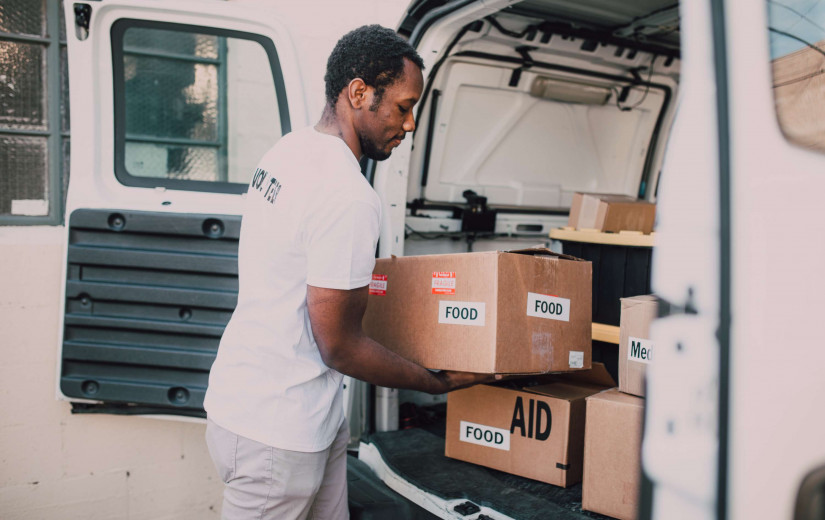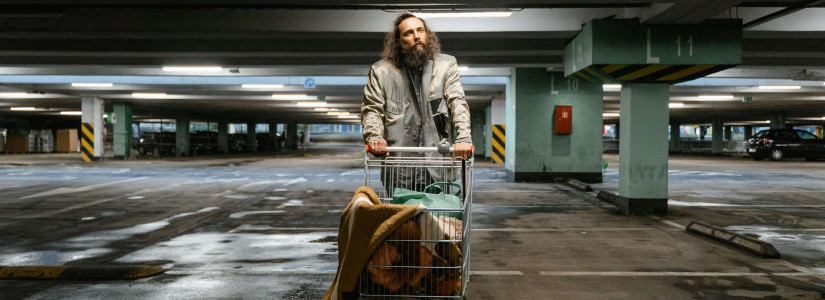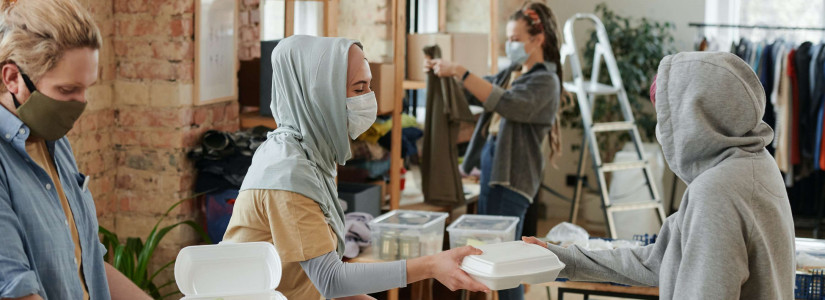New Study Gives Hope to Educators About Possibilility of In-Person School
A new study last week has given educators and parents hope that there are definitive ways to help to protect students from the COVID-19 virus while in class. This study looked at aerosol and droplet transport in an air-conditioned classroom to determine what precautions can be taken to help to mitigate the spread of the virus. Here is what the study found and the implications on the reopening of schools across the country.
Protective Screens
For the purposes of this study, the desks in the classrooms were placed 7.8 feet apart. Even with this distance, the researchers found that 1% of the exhaled droplets were transmitted between the students. This clearly calls into question the standard recommendation of six feet being enough to stop the spread of the virus.
However, using a screen between the desks can add another layer of protection. The researchers deduced that using glass screens in front of each individual desk changed the airflow field around the student enough that it shifted the trajectory of the particles away from the child. While a small amount of the particles ended up landing directly on the screens, the protection was enough to significantly reduce the transmission of the aerosol particles when the students were separated by a distance of at least 7.8 feet.
Importance of Filtration
The classroom study also helped to shed light on the importance of proper air filtration when it comes to diluting the number of harmful particles floating through the air and possibly infecting the students. Approximately 20% to 50% of exhaled particles travel to the air conditioning units within 15 minutes. Because of this, the particles are concentrated in the air system. The recycled air may direct a greater amount of infectious virus particles without the proper filtration systems in place.
Let the Air In
One somewhat surprising result of the study was that opening the windows while simultaneously running the air conditioner can be a significantly effective way to reduce the transmission of the virus within the classroom. Although this will lower the temperature of the room, opening the windows boosts the airflow. The researchers also found that the corner spots of the room were safer than sitting in the middle, recommending that those students more at risk be placed in these areas.
Are Schools Superpreaders?
This study comes on the heels of a study about the likelihood that schools are superspreaders. Released just a few weeks ago, this study by data scientists working with writers at The Atlantic examined a host of data that pointed to the fact that schools are not the superspreaders that many medical experts believed that they might be. The study looked at nearly 200,000 kids in 47 states over the last two weeks of September. The results demonstrated an infection rate of only 0.13% among students and 0.24% among staff members. This number went up slightly in high-risk areas but was still well below half a percent.
In addition to the study spearheaded by The Atlantic, increasing amounts of research has delivered meaningful data points to consider. Based on compounding research, the American Academy of Pediatrics (AAP) believes that childcare center workers are not at a higher risk for COVID-19 infection compared to other essential workers.
An AAP report from October 19 reported 741,891 cases of the virus among children. This number represents slightly over 10% of all total cases, indicating that children are not seeing the virus at the same rates as adults. The average rate of confirmed cases per 100,000 children is 986.
Also, according to the AAP, the positivity rate of children lands between 3.5% and 14.4%. While some experts will argue that these rates are not good enough, others will lean on the data to assert the belief that schools should not be shut down during this health crisis.
The bottom line is that there is no one single way to stop the spread of COVID-19 in the classroom. Instead, there must be a multi-layer response to this issue. Combining mask wearing, hand sanitizing, protective screens, social distancing, and proper air filtration will all work together to reduce the transmission incrementally. Every extra layer of mitigation makes the overall efforts more successful.

















